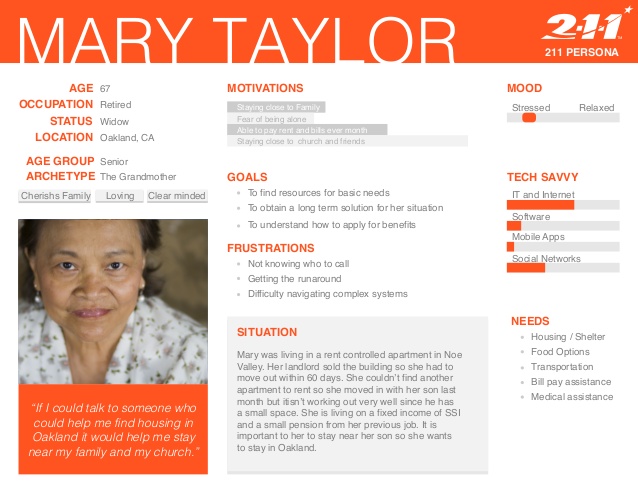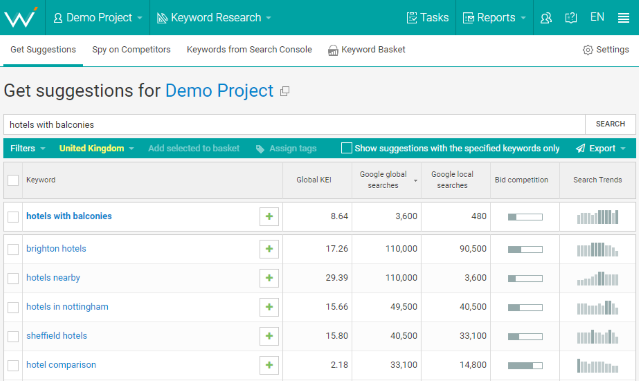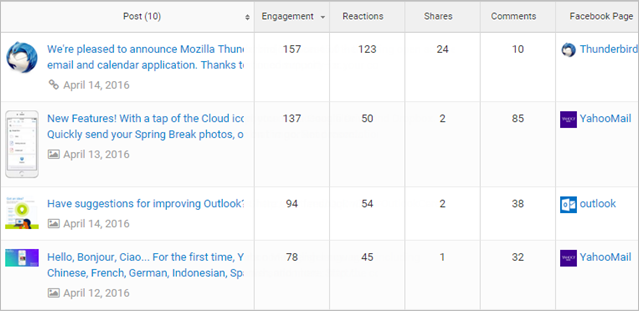
Google’s mission is to organize the world’s information and make it universally accessible and useful. They’ve had decades to refine their search algorithm and learn how to think like a user in order to offer the best possible user experience (or UX). You should do the same: think like a user who will become your client. When you have a firm grasp of what users want, you can weaponize this knowledge and create buyer personas reflecting the needs of your target audience.
SEO and UX are tightly related as both deal with what a user experiences on the web. There used to be a time when UX was a ranking factor only for mobile results, but now both desktop and mobile results have to obey the rules of UX. And the first (and surprisingly underappreciated) rule is: the user is king.
So, focus on user experience in order to improve your SEO strategy. Gotcha. How do you do it?
1. Develop buyer personas
How much do you know about your buyers? At the very least, you need to be able to answer the following questions:
- Who are your buyers?
- What are their needs?
- Why should they choose you over your competition?
Buyer personas are generalized representations of your ideal customers. Having a deep understanding of them helps you create content that works for the kind of users you want to attract and convert.
In order to develop buyer personas, you need to research your audience first. How?
1. Use Google Analytics to analyze your visitors by age, gender and interest categories.
2. Take into consideration your sales and support team feedback on the leads and customers they’re interacting with most.
3. Interview your customers to find out what they love about your product.
4. Find out what goals your customers achieve using your product.
Once you have the necessary information, you can proceed to create your personas. You can have 2-4 personas to describe various audience types. You may also want to specify a primary persona which represents your most desired customer, and this persona should be prioritized in decision making.
When all your personas are ready, create a document describing them all and share this with your team. I prefer to have a detailed portrait like this.
2. Apply your buyer personas to keyword research
When you are generating key terms to target in your copy, keep your buyer personas in mind.
What words will each of them use to find information about your product? What characteristics of your product are important to each of your buyer personas?
Considering your users while doing keyword research will give you a comprehensive set of target keywords which accurately represent the needs and intentions of your users. In fact, you can find the best keywords right now with WebCEO’s Keyword Research.
3. Think of your buyer personas when promoting your content
Effective content marketing is impossible if you do not understand your audience. Content marketing is all about making your buyers a priority. Provide your audience with the information they need on the resources they visit.
This part will require from you a lot of A/B testing to find out where each type of your buyers are. Fortunately, there’s a way to make it easier! You can research what type of content is popular among your Facebook audience with the help of WebCEO’s tools.
The Niche Popular Topics report lets you monitor what content is popular on the Facebook pages in your niche.
To use the tool, add up to 5 Facebook page URLs you are interested in, and it will generate a report. There, you’ll be able to find the types of content which get the most engagement and reaction from the audience. This information will be a starting point of your further research and testing.
Creating and using buyer personas will reward you with satisfied searchers who demonstrate their positive experience through engagement with your site and then your product.





